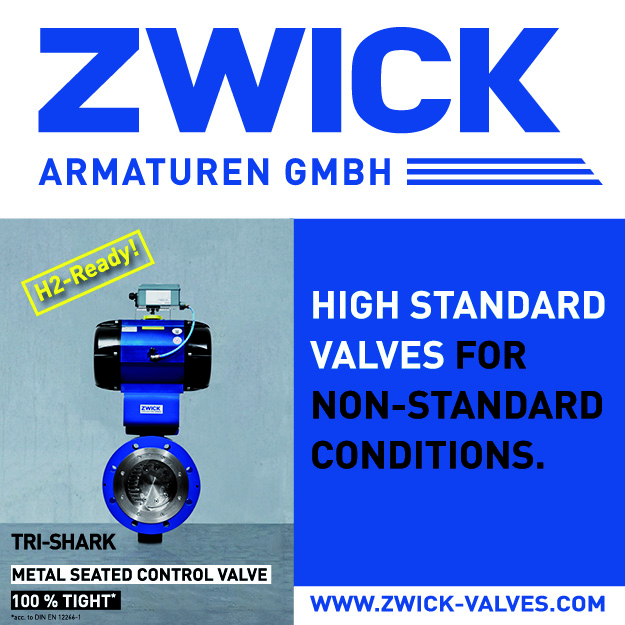Innovative filter cleans fracking contaminated water
The hydraulic fracturing of shale oil and gas wells is a highly water intensive process, using millions of gallons of fresh water and producing vast quantities of contaminated wastewater. Now, an international group of scientists claim to have produced a superhydrophilic membrane which is capable of cleaning fluids in the fracking process so they can be reused.
According to researchers at the Energy Safety Research Institute at Swansea University, who collaborated with scientists from Rice University on the project, their new superhydrophilic membrane is able to remove over 90% of hydrocarbons, as well as all bacteria and particulates from contaminated water produced in the fracturing process.
Led by Professor Andrew R Barron, the team turned a ceramic membrane with microscale pores into a superhydrophilic filter that “essentially eliminates” the common problem of fouling. The findings have been published in the open-access journal Science Reports.
Single pass filtering
The researchers determined that just a single pass through the membrane should clean contaminated water enough for reuse at a well, something which will significantly reduce the amount of water that needs to be stored or transported in hydraulic fracturing applications.
Emulsified hydrocarbons are prevented from passing through the membrane’s ionically charged pores, which are about one-fifth of a micron wide and therefore small enough to prevent other contaminants passing through. The charge attracts a thin layer of water that adheres to the entire surface of the filter to repel globules of oil and other hydrocarbons and keep it from clogging.
Barron explained in a press release that a hydraulically fractured well uses more than five million gallons of water on average, of which only 10-15% is recovered in the flow back stage.
“This makes very important to be able to re-use this water.”
Barron and his colleagues used cysteic acid to modify the surface of an alumina-based ceramic membrane, making it superhydrophilic, (attracted to water). The superhydrophilic surface has a contact angle of 5 degrees. The acid covered the inside of the membrane pores, as well as the surface, to prevent particulates sticking to them and fouling the filter.
In tests with fracking flow back or produced water that contained guar gum (used to make fracking fluids more viscous), the alumna membrane showed a slow initial decrease in flux -- a measure of the flow of mass through a material -- but it stabilised for the duration of lab tests. Untreated membranes showed a dramatic decrease within 18 hours.
The researchers theorised the initial decrease in flow through the ceramics was due to purging of air from the pores, after which the superhydrophilic pores trapped the thin layer of water that prevented fouling.
"This membrane doesn't foul, so it lasts," Barron said. "It requires lower operating pressures, so you need a smaller pump that consumes less electricity. And that's all better for the environment."
"Fracking has proved highly controversial in the UK in part as a result of the pollution generated from produced waters", co-author Darren Oatley-Radcliffe, an associate professor, at Swansea University, said, "However, with this new super-hydrophilic membrane we can clean up this waste produced water to a very high standard and recycle all of the materials, significantly improving the environmental performance of the fracking process."
















